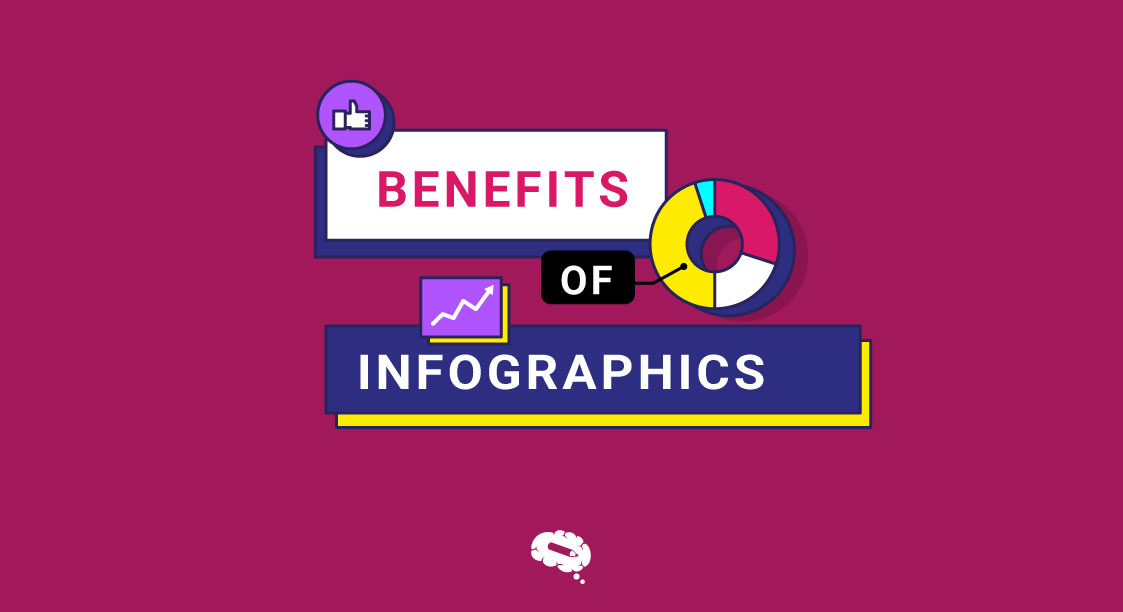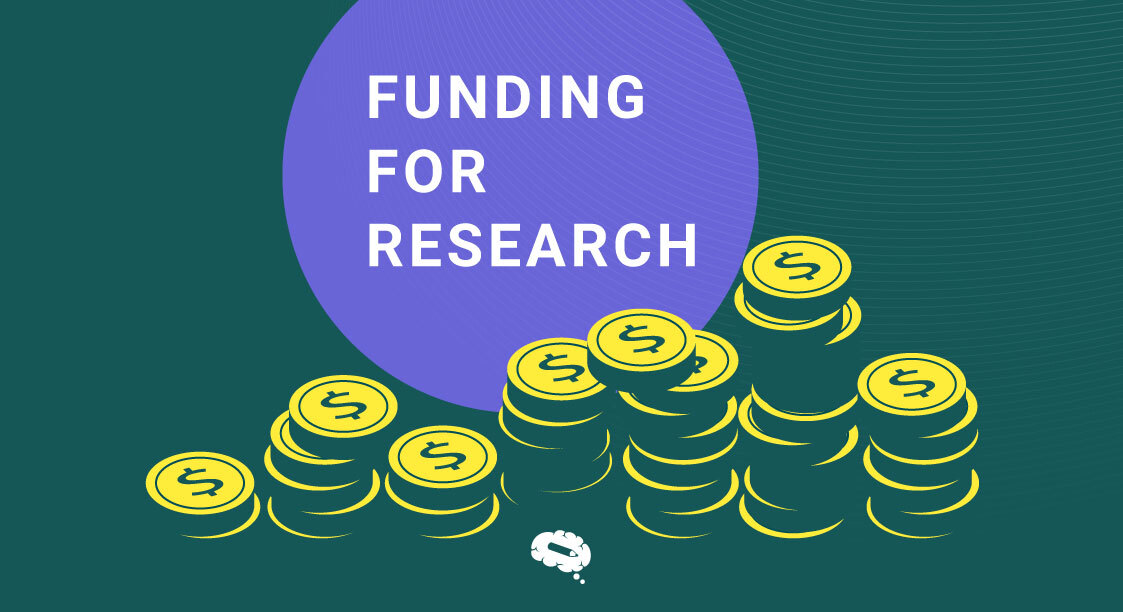Infographics have become an increasingly popular form of visual communication in recent years, and it’s not hard to see why. These engaging representations of data and information offer numerous benefits over traditional forms of text-based content. Infographics have the power to communicate complex ideas quickly and effectively.
In this article, we’ll explore some benefits of infographics and why they should be a staple in any content marketing strategy.
What is an infographic?
An infographic is a visual representation of information, data, or knowledge, it can be used to explain a process, illustrate a concept, compare data, or present a story. It is a graphical way of presenting complex or detailed information clearly and concisely, making it easier for viewers to understand and remember. It typically includes charts, graphs, diagrams, icons, images, and other visual elements to transmit information.
Another way to explain an infographic is that it is a visual storytelling tool that combines design and narrative to communicate information in a more accessible and pleasant way. It can be used to show compelling visual information in a variety of contexts, such as business, education, science, marketing, journalism, scientific research, and social media, among others. Infographics can take many forms, such as timelines, flowcharts, maps, and more, depending on the type of information being conveyed and the intended audience.
Why are infographics used?
Infographics are used for several reasons:
Simplifying complex information
Infographics are an excellent way to simplify complex information and data. By using visual elements like charts, graphs, icons, and images, infographics can help break down complicated data into easily understandable blocks of information.
Enhancing engagement
Infographics are highly engaging and shareable. They can help capture the attention of the audience and pleasantly communicate information.
Highlighting key points
Infographics can help to emphasize the most important points or statistics in a presentation, report, or marketing material. This makes it simple for the audience to understand and remember key information.
Improving comprehension and retention
It is easier to remember information when it is presented in a visual format, like an infographic.
Increasing brand awareness
Infographics can be a powerful branding tool. By creating high-quality infographics that are visually appealing and informative, companies can improve their brand awareness and reputation.
5 Benefits of Infographics
Infographics are incisive representations of data that are designed to facilitate comprehension and make it easier to remember. There are many benefits of infographics, including:
1. Easy to Understand
Infographics are designed to be more attractive and easy to read, making it easier for people to understand information that is difficult to explain.
2. Effective Communication
Infographics are an effective way to communicate information quickly and clearly. You can show a lot of information in a short amount of time using visual elements.
3. More Engagement
Infographics are a highly engaging way of presenting information. Compared to text-based reports, they are more visually appealing and easy to understand, making people more likely to read and share them.
4. Improved Memory
Infographics help people to remember information better. Visual information is processed more easily by the brain, making it more likely that people will remember what they have seen.
5. Versatility
Infographics are versatile and can be incorporated into a wide range of materials, such as presentations, reports, social media posts, and websites, among others.
Research funding benefits
In terms of research funding, infographics can be a powerful tool to help researchers convey their ideas and findings to potential funders. Here are a few ways infographics can be used to help secure research funding:
Grants and Proposals: Infographics can be included in grant or research proposals to help illustrate key concepts and data. By presenting information in a clear and visually appealing way, researchers can increase their chances of securing funding.
Social Media: Infographics are highly shareable on social media platforms, making them an effective way to spread the word about research projects and attract potential funders.
Presentations: Infographics are used in presentations to highlight key findings and support the case for funding. They can be displayed on slides or posters, making them an effective way to communicate information to larger audiences.
Reports and Publications: Infographics can be included in research reports and publications to make the information more accessible to a wider audience. This can help to attract the attention of potential funders who may not have a background in the research area.
Overall, infographics are a valuable tool for researchers looking to communicate their ideas and findings to a wider audience. By using infographics effectively, researchers can improve their chances of securing research funding and advancing their work.
Running out of ideas for your infographic?
If you’re running out of ideas for your infographic, Mind the Graph can help you get started with its vast library of scientific illustrations, icons, and images. The platform offers a range of customizable templates for different scientific fields, including biology, medicine, chemistry, and physics. Mind the Graph is a valuable resource for scientists who want to create engaging and informative visuals for their research. The platform’s pre-made templates and customizable graphics can help researchers overcome creative blocks and communicate concepts in an easier way.

Subscribe to our newsletter
Exclusive high quality content about effective visual
communication in science.





